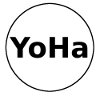
Data Entry

Data Entry YoHa 2011
Commissioned by SKOR | Foundation for Art and Public Domain
Part of the research for “Database as Documentary”
an investigation of Media, Power, Databases.
Data Entry reflects on a series of interviews with midwives carried out during the summer of 2011 in Amsterdam, Netherlands, whilst working with Annet Dekker. The voices contained in the text are not those of any of the actual midwives but more a reflection on aspects of the conversation.
Introduction:
YoHa have been investigating Databases since 2009 when they were invited think about art and health in collaboration with Liverpool Primary Care Trust a part of the UK's public health service. Rather then work directly with patients YoHa chose instead to work with the data analysts, public health intelligence units and abstract models of health.
We had noticed that when someone models, creates and implements a database about some thing that it changes the relationships of those authoring the system to the original thing it self. Originally we wondered if this was to do with the technicality of the relational database or something to do with some other interaction of a discourse, computing and the aggregation of records.
Two of primary questions were:
How do the creation and implementation of database management systems (DBMS) affect the conduct of the authors and commissioners of such systems?
How can people that are effected and represented by the abstract models of health embodied in Databases critically engage with their creation? What follows are some notes created from Interviews in the Netherlands during the summer of 2011.
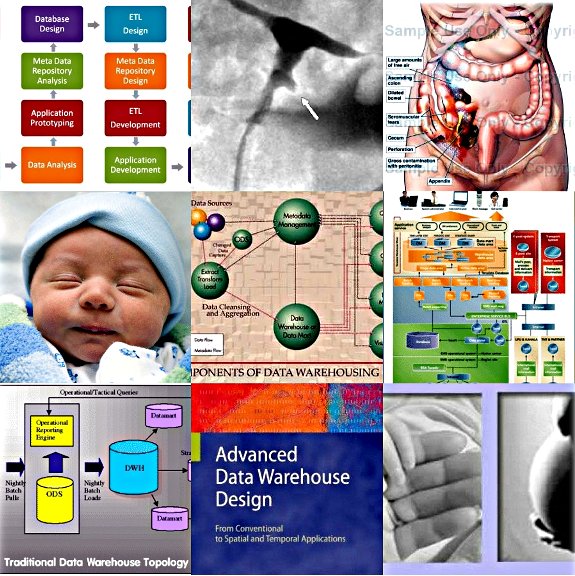
To be spoken over the film Data Entry, YoHa 2011
You can download the image that forms the film from here - which I think is better then looking at the low res film here
MIDWIFE: Women, mid thirties dutch accent.
NARRATOR: Women or Man, English accent.
NARRATOR. A database of birth appears at the cross roads of medical, political and economic kinds of governance vying for the territory of a newly emerged body. This engagement is as much about medical or administrative liability as it is a land grab for new flesh.
MIDWIFE. When I fill in the form it is very individual, and you fill out names. Who was present at the birth, who was responsible, but also who did the stitches in the vagina. You have to put in your name in it. You stitch a wound, so it is a potential infection. I am a bit insecure about my sewing skill. I am always afraid that at a certain point there will be complaints about the healing process, and that my name will be connected to it.
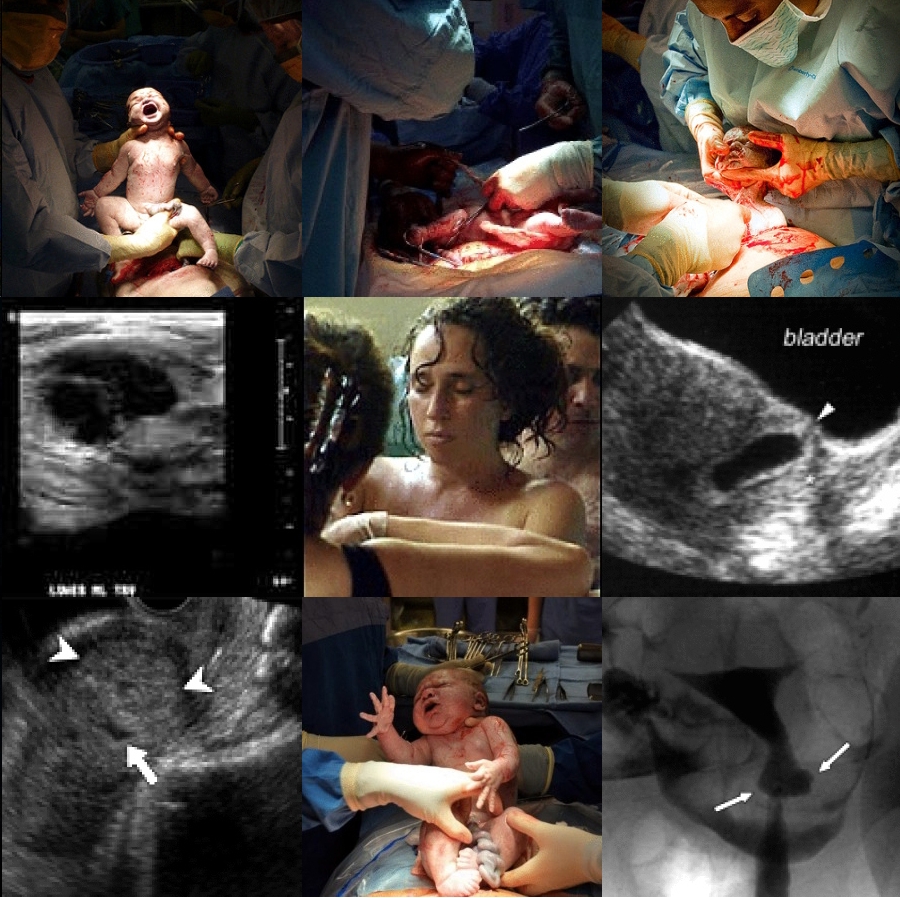
NARRATOR. Doctors have the power to open you up for inspection, place a camera inside you and tinker with your organs, pull bits off for biopsies to be inspected by other powers. The doctor derives authority from all those exams she sat which enables her to manifest the collective 'truth' manufactured by the medical machine.
MIDWIFE. The head is born, but it is stuck, we call it a shoulder dystocia. It means that the shoulder is stuck underneath the pubic bone, and you have to release the shoulder quickly so the baby’s lungs can develop. These maneuvers can be difficult and cause a lot of damage to the woman or they can be light.
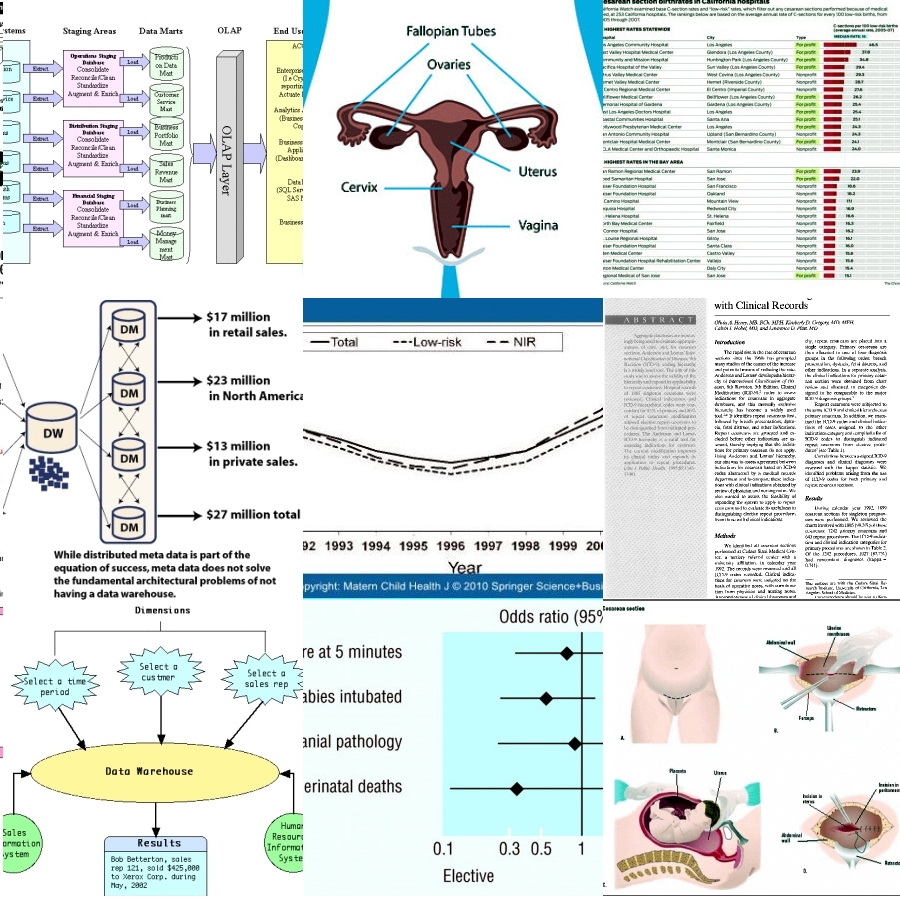
NARRATOR. Databases operate on us and through us. They allow new forms of power to emerge from the machine’s ability to push and process large sets of information into the gaps between knowledge and power. As databases order, compare and sort they create new views of the information they contain. New perspectives amplify, speed-up and restructure particular forms of power as they supersede others.
MIDWIFE. The consequences when you enter shoulder dystocia into the woman’s record, could be that for the next time she gives birth it will be a cesarean section. She won’t even be able to start giving birth naturally but will have an operation immediately.

NARRATOR. Creating a database throws a particular light on the items it records. It breaks the process down into discrete steps of re-ordering. The database compares lists and creates new knowledge from the relations that sorting produces. This new knowledge then acts as a kind of remote control on the elements it defined.
MIDWIFE. Of course shoulder dystocia is a grey area, it is not one thing. It could be a heavy one, or is it just a few maneuvers and the baby comes quickly but the database does not discriminate. Doctors are always sensitive to their liability, they will strongly advise a cut, medicalize the pregnancy and maybe harm the woman more.
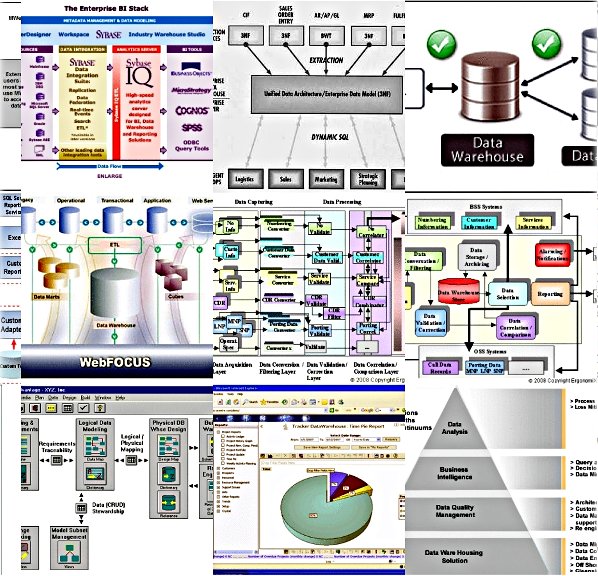
NARRATOR. The power generated from large-scale information processing changes things by altering the conduct of the substances through which power flows or on which it acts.
MIDWIFE. The time used to care for women is now spent administrating women through the database.
NARRATOR. Databases require some of us to become rapid data entry clerks, updating, maintaining and transferring information from paper-based records. White knuckles bend flicking fingers at a consistent hum of 9,000 to 12,000 keystrokes an hour.
Often the way a power acts on or operates through us is by how we notice the changes it makes. Data entry keystrokes are recorded and analysed, line managers count and assess average keystroke rates. If you type hard enough for long enough, it’ll trigger a bonus, bending the flow of power into an extra cheesecake for the family from Albert Heijn – its acquisition triggering another flow in and out of our extended minds and actions.

MIDWIFE. The job of the primary care midwife is to see where the risk is, based on data gathered previously either during pregnancy, pre-pregnancy or with heart failure during birth, or after birth. Then in secondary care, in the hospital, we are ready for complications, like a vacuum, or we might have to cut with scissors.
NARRATOR. A database can also be thought of as an architecture that holds a list in a particular shape while we ask it questions. Its lists mapping out a collection of objects into recipes for action. Just as buildings of the present contain the engineering of the past so a database carries with it the echoes and residues of its former selves.
The clock that allows people to be coordinated, reappears in date-time fields and allows us to search for what happened, when. Index cards systems appear as unique identifiers allowing relationships between the information they point to. The accountants ledger, with its rows and columns, arranges the data across the screen. The triangulation of terrain, old maps of empire, reappear as post codes, electoral boundaries and other geographies.
Databases are the steam engines of information, knowledge and power rapidly moving through us, separating us, reforming us, folding us up into its parts. Its relations and queries picking us up, move us around and put us back down somewhere known yet unfamiliar.
Population policing, health observation, remote controlling, truth amplification, knowledge machining, disembodied memories, extended minds.
The database is any and all installed into our masochistic home offices in which we subjugate ourselves before the discipline of its records and fields, in an attempt to take on a little of its power.
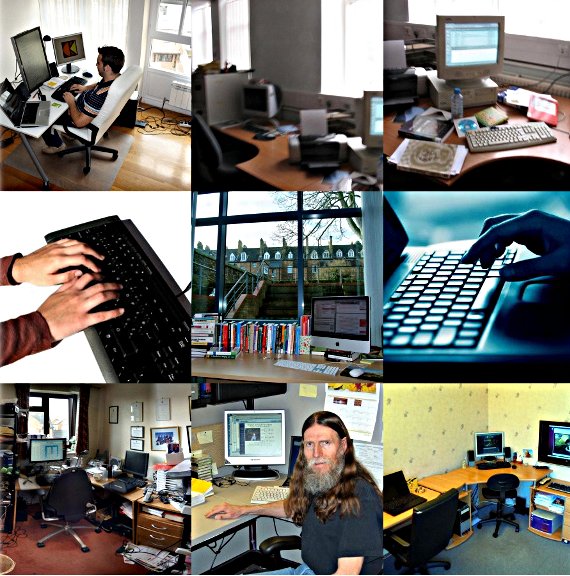
 bnr#87 =>
bnr#87 =>